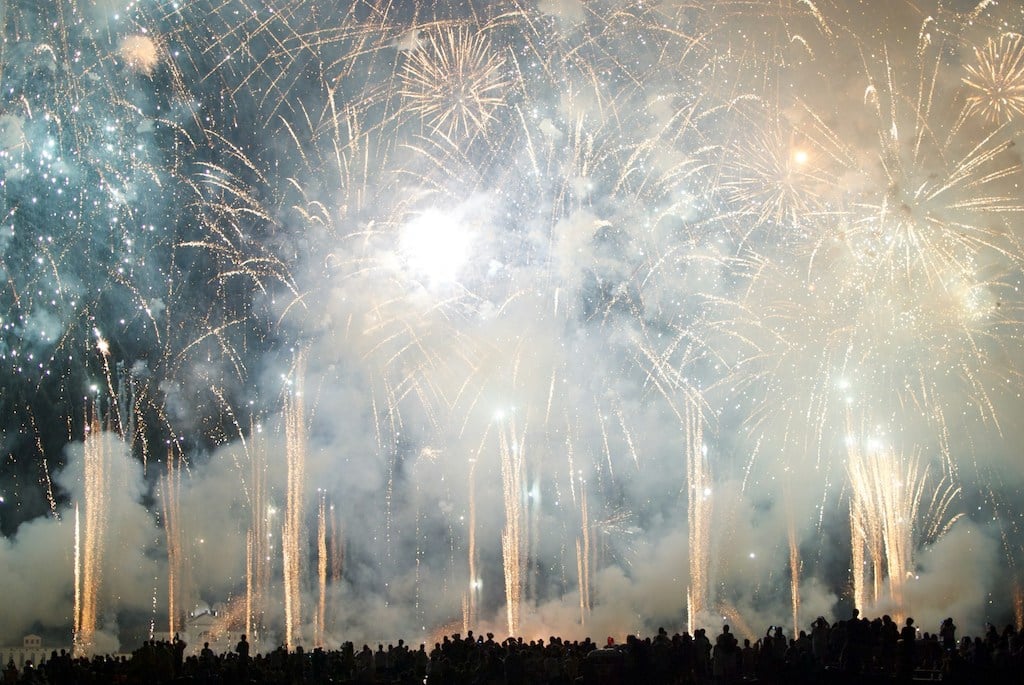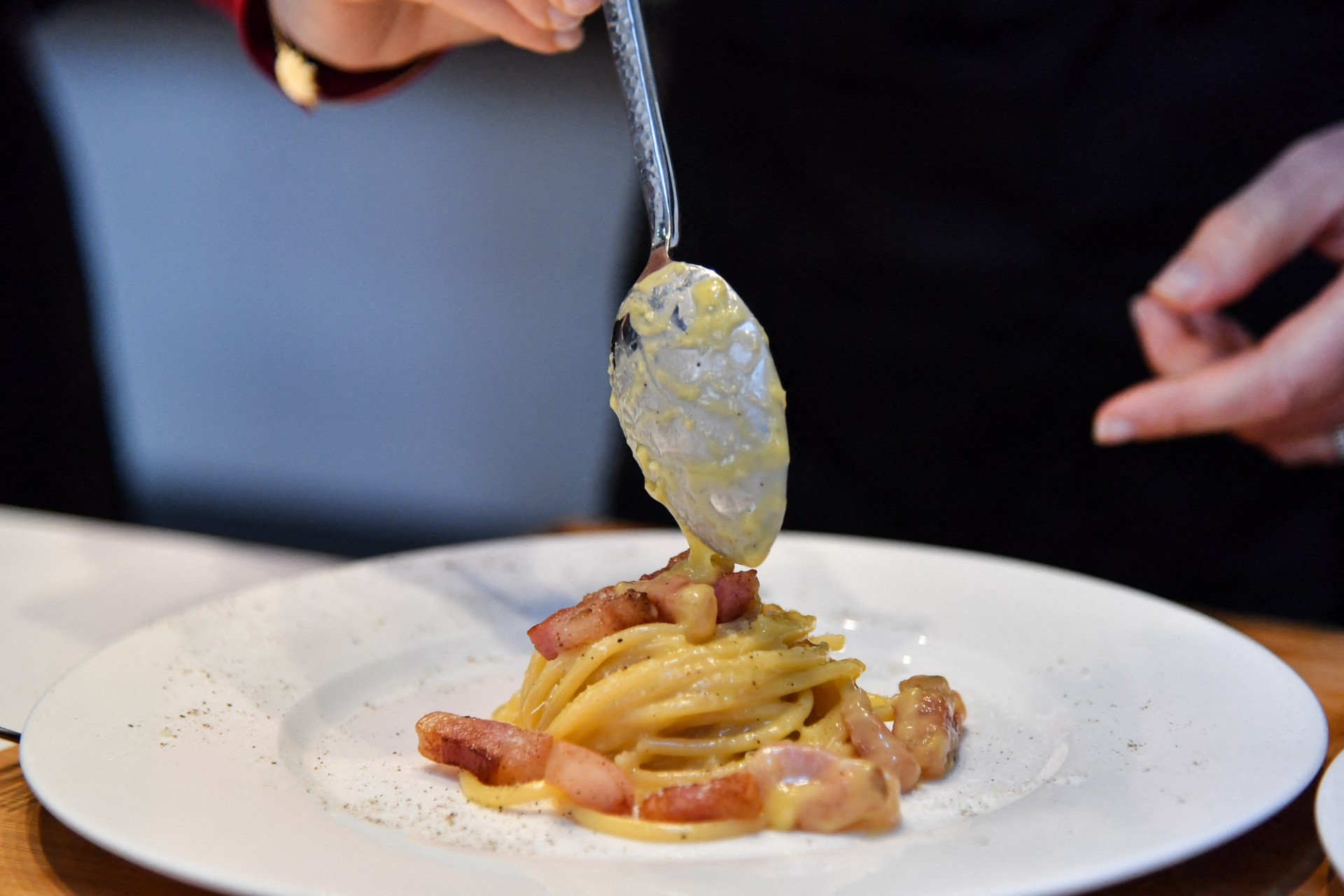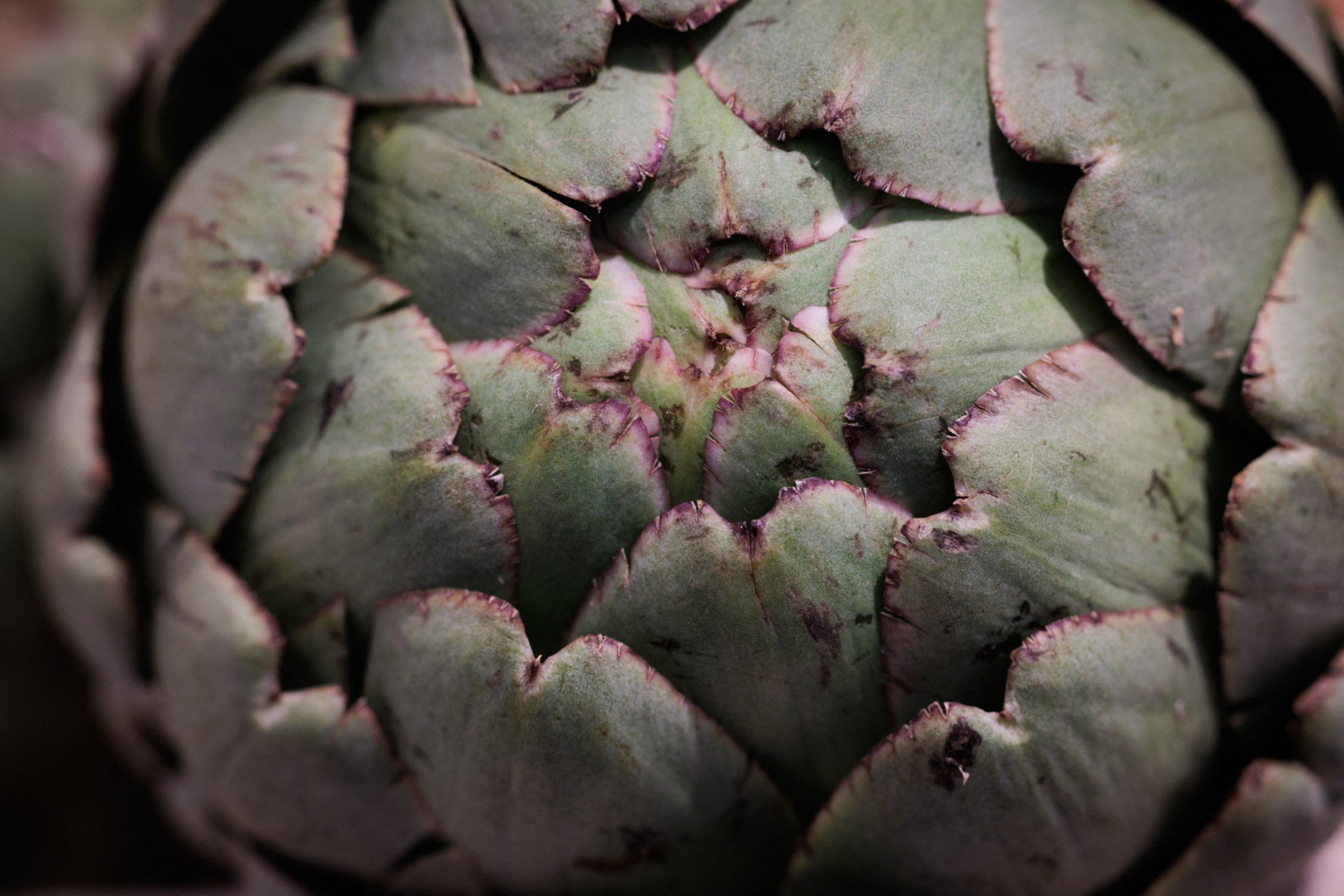Quo Vadis?, Rome: July 8th-17th
The Temple of Venus and Roma, an impressive Roman Forum structure located right next to the Colosseum, will once again host a free film festival this July.
Born out of a partnership between city authorities and Italy’s national film archive, the Quo Vadis? festival will run from July 8th to July 17th, featuring blockbusters such as Ridley Scott’s Gladiator and William Wyler’s Roman Holiday as well as Italian classics including La Grande Bellezza by Paolo Sorrentino.
All films will be shown in their original version with Italian subtitles, or English subtitles for films in Italian. Admission is free of charge, but advance booking is recommended.
Umbria Jazz Festival, Perugia: July 12th-21st
One of Europe’s leading jazz festivals, Umbria Jazz has both a summer and a winter edition, with this year’s summer festival set to run throughout the third week of July.
Lenny Kravitz, Thornetta Davis, Ray Gelato & The Giants, and Sammy Miller and the Congregation are some of the acts due to make an appearance in 2024.
Puccini Festival, Torre del Lago, Tuscany: July 12th-September 7th
Located right between the Tyrrhenian coastline and Lake Massaciuccoli, the small town of Torre del Lago, Tuscany, famously hosts an open-air opera festival entirely dedicated to Italian maestro Giacomo Puccini every summer.
This year’s edition, which marks 100 years since the Italian composer’s death, will run on various dates from July 12th up until September 7th.
This season, opera buffs will have the opportunity to see performances of La Boheme, Tosca, Turandot and Madama Butterfly among other classics.
All shows will be held in a purpose-built lakeside arena offering spectators unique views of Lake Massaciuccoli and the surrounding hills.
Giostra della Quintana, Ascoli Piceno: July 13th
If attending a medieval jousting tournament is on your bucket list, the city of Ascoli Piceno in the Le Marche region is the place to be in July.
The event takes place twice a year, with the first Giostra held on the second Saturday in July (falling on July 13th this year) and the second one unfolding on the first Sunday in August.
Quintana Ascoli Piceno, Porta Tufilla aprirà gli assalti nella Giostra della Tradizione: la sfida entra nel vivo https://t.co/wh4H6J4Vmv pic.twitter.com/4acnrX3Mp7
— Picenotime (@PicenoTime) August 5, 2023
The Quintana joust sees six ‘knights’, one from each of the city’s sestieri (districts), ride their horse around a treacherous racetrack and insert their lance through a ring held by a statue of a Saracen warrior. The knight who hits the target with the greatest accuracy in the shortest time is declared the winner.
The city of Ascoli goes all out to celebrate the Giostra, with a flag throwers contest and a costumed historical parade among the events preceding the tournament.
Festino di Santa Rosalia, Palermo: July 14th-15th
On July 15th, Sicily’s capital celebrates its patron saint’s day with the Festino di Santa Rosalia (in dialect, U fistinu).
Rosalia Sinibaldi was a young 12th century Norman noblewoman who ran away shortly before her wedding to live as a religious mystic and hermit on Monte Pellegrino.
According to legend, when a deadly plague hit Palermo in 1624, Rosalia appeared on two separate occasions instructing people to find her bones and parade them around the city; they did so, and the plague abated.
Oggi a #Palermo è il #Festino di Santa Rosalia. La città in piazza. pic.twitter.com/bZMXdYmyNN
— Francesco Accardo (@fraacc) July 14, 2023
Every year on July 14th, a statue of La Santuzza is paraded down the city’s main thoroughfares to music and singing, ending with a fireworks display at sea. July 15th is a more solemn affair, with a silver urn containing the saint’s relics brought down Corso Vittorio Emanuele in a sombre procession.
Both the church and the city of Palermo put on a programme of additional events leading up to the feast day itself.
This year’s celebrations will be particularly special, as 2024 marks the 400th anniversary of Rosalia’s miraculous appearance; a new statue has been made in honour of the occasion.
Stresa Festival, Lake Maggiore: July 16th-Sept 6th
From the third week in July to the start of September, the waters of Lake Maggiore come alive with the sounds of classical music from the Stresa Festival, the lake’s most eagerly anticipated summer event.
This year’s 63rd edition of the festival features performances from Ludovico Einaudi, the Barbican Quartet, and the Trio Chagall, among many others.
Venues include such sites of such artistic and historic importance as the hermitage of Santa Caterina del Sasso, Isola Bella and Isola Madre islands in the lake’s centre, and the Chiesa di Madonna di Campagna.
Isola Madre 🌳#lakemaggiore #lagomaggiore #isolamadre #isolamadrelagomaggiore #stresa #yogagiselifestyle #italy pic.twitter.com/MvLm8vl7xJ
— Sarah (@SarahHighfield) June 15, 2023
Festa del Redentore, Venice: July 19th-21st
Venice’s Festa del Redentore (Feast of the Redeemer), held on the third Sunday of July, commemorates the end of a plague that decimated Venice’s population, killing as many as 46,000 residents between 1575 and 1576.
A number of events take place on the weekdays preceding the feast itself, including the construction of a floating walkway connecting Venice to the nearby Giudecca island.
Celebrations traditionally kick off on Saturday afternoon, punctuated by a 40-minute fireworks display over the lagoon’s waters at 11.30pm.

Archery contest, Fivizzano: July 19th-21st
A historical reenactment of a contest that dates back to the 16th century, the Disfida degli Arcieri di Terra e Corte sees archers from Fivizzano’s five neighbourhoods compete to see their district’s flag raised in the historic centre.
The event itself is preceded by two days of food fairs, performances and workshops, with local fare such as testaroli, polenta incatenata and tordelli on offer.
A detailed programme has yet to be released, but the contest is scheduled to start at 8.30pm on the 21st; keep an eye on the organisers’ Facebook page for updates.
Giostra dell’Orso, Pistoia: July 25th
If you miss out on Ascoli Piceno’s Quintana, don’t despair – you’ll have the opportunity to attend another medieval jousting tournament towards the end of the month in the Tuscan town of Pistoia.
A #Pistoia ogni 25 luglio si disputa la Giostra dell'Orso, organizzata in occasione della festa di San Jacopo.
Non perdete questo momento e le altre manifestazioni storiche del luglio pistoiese.Scopri di più: https://t.co/5UXrj2tKTp
Visit Pistoia
Ph. Nicolò Begliomini pic.twitter.com/1xBOF1G63b— Visit Tuscany ITA (@VisitTuscanyITA) June 17, 2023
The Giostra dell’Orso, or Bear Joust, involves costumed rivals from the city’s four districts of Porta al Borgo, Porta Carratica, Porta San Marco and Porta Lucchese competing to strike a target in the shape of a wooden bear with their lance.
The event is held on Pistoia’s patron saint’s day, the Festa di San Jacopo, and is preceded by a historical procession with flag-throwing and trumpets.
Do you have a July event that you’d like us to highlight? Let us know in the comments section below.





 Please whitelist us to continue reading.
Please whitelist us to continue reading.
Member comments